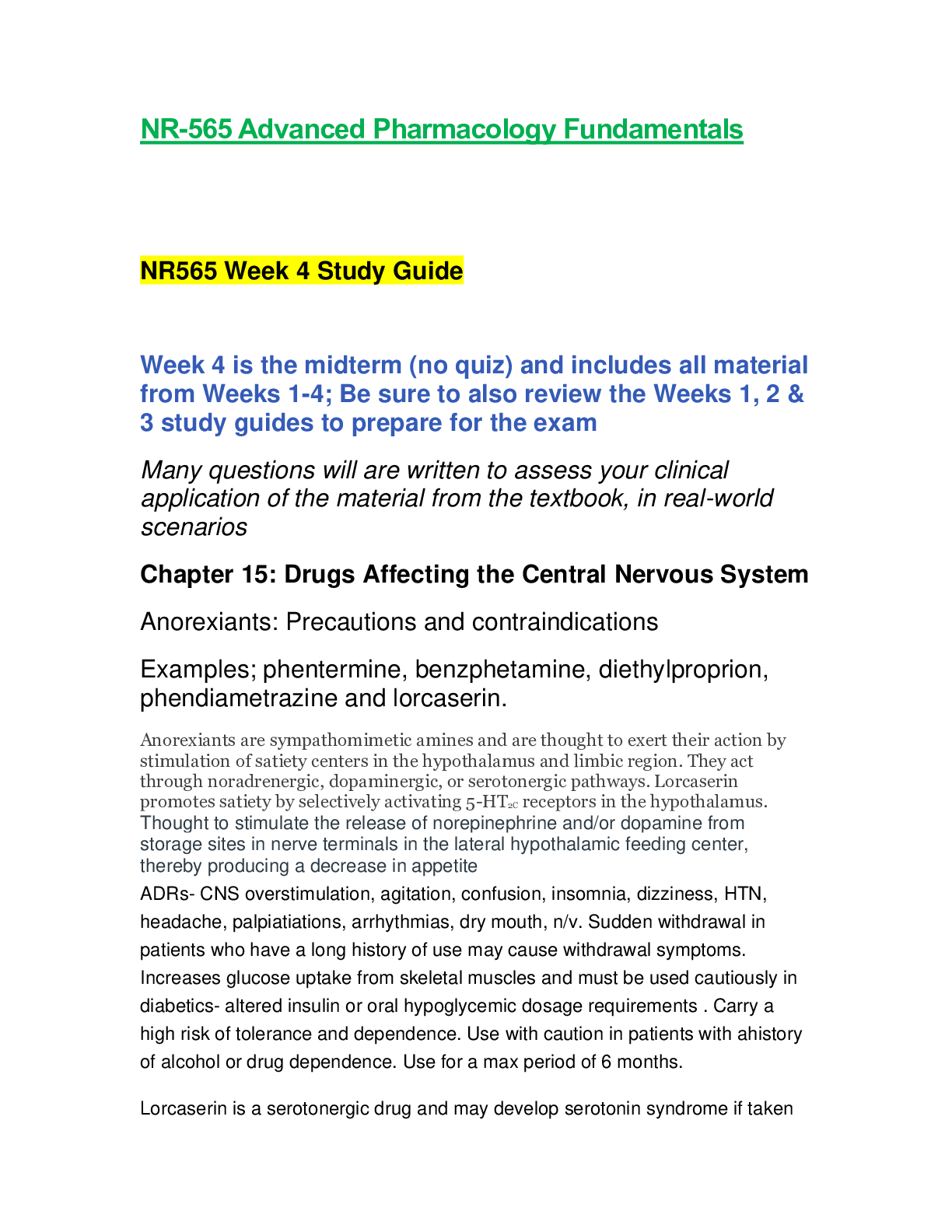*NURSING > STUDY GUIDE > NUR2633 Exam 4 Study Guide / NUR 2633 Exam 4 Study Guide (New, ): Rasmussen College (SATISFACTION GU (All)
NUR2633 Exam 4 Study Guide / NUR 2633 Exam 4 Study Guide (New, ): Rasmussen College (SATISFACTION GUARANTEED, Check Graded & Verified A)
Document Content and Description Below
RASMUSSEN COLLEGE MATERNAL CHILD HEALTH NURSING NUR 2633 EXAM 4 STUDY GUIDE 1. Which statement best describes the infant’s physical development? a. The anterior fontanel closes by age 6 to 10 months... . b. Binocularity is well established by age 8 months. c. Birth weight doubles by age 6 months and triples by 1 year. d. Maternal iron stores persist during the first 12 months of life. ANS: C Growth is very rapid during the first year of life. The birth weight has approximately doubled by age 5 to 6 months and triples by 1 year. The anterior fontanel closes at age 12 to 18 months. Binocularity is not established until age 15 months. Maternal iron stores are usually depleted by age 6 months. 2. A nurse is assessing a 6-month-old healthy infant who weighed 3 kg at birth. How many kilograms should the nurse expect the infant to weigh now? a. 4 kg b. 6 kg c. 9 kg d. 12 kg ANS: B Birth weight doubles at about age 5 to 6 months. At 6 months, a child who weighed 3 kg at birth would weigh approximately 6 kg. 3. The nurse is doing a routine assessment on a 14-month-old infant and notes that the anterior fontanel is closed. How should the nurse interpret this finding? a. It is a normal finding. b. It is a questionable finding—the infant should be rechecked in 1 month. c. It is an abnormal finding—it indicates the need for immediate referral to practitioner. d. It is an abnormal finding—it indicates the need for developmental assessment. ANS: 4. By what age does the posterior fontanel usually close? a. 6 to 8 weeks b. 10 to 12 weeks c. 4 to 6 months d. 8 to 10 months ANS: 5. The parents of a 9-month-old infant tell the nurse that they have noticed foods such as peas and corn are not completely digested and can be seen in their infant’s stool. Which of the following statements is accurate as a basis for her explanation? a. The child should not be given fibrous foods until the digestive tract matures at age 4 years. b. The child should not be given any solid foods until this digestive problem is resolved. c. This is abnormal and requires further investigation. d. This is normal because of the immaturity of digestive processes at this age. ANS: 6. A 3-month-old infant, born at 38 weeks of gestation, will hold a rattle if it is put in her hands, but she will not voluntarily grasp it. How should the nurse interpret this behavior? a. This is normal development. b. This is a significant developmental lag. c. This is slightly delayed development caused by prematurity. d. This is suggestive of a neurological disorder such as cerebral palsy. ANS: 7. In terms of fine motor development, which of the following actions should a 7-month-old infant be able to perform? a. Transfer objects from one hand to the other. b. Use thumb and index finger in crude pincer grasp. c. Hold crayon and make a mark on paper. d. Release cubes into a cup. ANS: 8. In terms of gross motor development, what can the nurse expect a 5-month-old infant to do? a. Roll from abdomen to back. b. Roll from back to abdomen. c. Sit erect without support. d. Move from prone to sitting position. ANS: 9. At which age can most infants sit steadily unsupported? a. 4 months b. 6 months c. 8 months d. 10 months ANS 10. By what age should the nurse expect that an infant will be able to pull herself into a standing position? a. 6 months b. 8 months c. 11 to 12 months d. 14 to 15 months ANS: 11. According to Piaget, a 6-month-old infant is in which stage of the sensorimotor phase? a. Use of reflexes b. Primary circular reactions c. Secondary circular reactions d. Coordination of secondary schemata ANS: 12. Which behavior indicates that an infant has developed object permanence? a. Recognizes familiar face, such as mother b. Recognizes familiar objects, such as a bottle c. Actively searches for a hidden object d. Secures objects by pulling on a string ANS: 13. At which age do most infants begin to fear strangers? a. 2 months b. 4 months c. 6 months d. 12 months ANS: 14. The nurse is interviewing the father of 12-month-old Megan. She is playing on the floor when she notices an electrical outlet and reaches up to touch it. Her father says “No” firmly, and moves her away from the outlet. To teach the father, the nurse should say which of the following applies to Megan at this developmental level? a. She is old enough to understand the word “No.” b. She is too young to understand the word “No.” c. She should already know that electrical outlets are dangerous. d. She will learn safety issues better if she is spanked. ANS: 15. Sara, age 4 months, was born at 35 weeks’ gestation. She seems to be developing normally, but her parents are concerned because she is a “more difficult” baby than their other child, who was term. How should the nurse explain this difference to the parents? a. Infants’ temperaments are part of their unique characteristics. b. Infants become less difficult if they are not kept on scheduled feedings and structured routines. c. Sara’s behavior is suggestive of failure to bond completely with her parents. d. Sara’s difficult temperament is the result of painful experiences in the neonatal period. ANS: 16. What information can be given to the parents of a 12-month-old child regarding appropriate play activities for this age? a. Introduce large push-pull toys for kinetic stimulation. b. Place a cradle gym across his crib to facilitate fine motor skills. c. Provide finger paints to enhance fine motor skills. d. Provide a stick horse to develop gross motor coordination. ANS: 17. What is an appropriate play activity for a 7-month-old infant to encourage visual stimulation? a. Playing peek-a-boo b. Playing pat-a-cake c. Imitating animal sounds d. Showing how to clap hands ANS: 18. What is the best play activity for a 6-month-old infant to provide tactile stimulation? a. Allow the infant to splash in the bath. b. Give the infant various colored blocks. c. Play a music box, CDs, or MP3 player. d. Use an infant swing or stroller. ANS: 19. At what age should the nurse expect an infant to begin smiling in response to pleasurable stimuli? a. 1 month b. 2 months c. 3 months d. 4 months ANS: 20. Latasha is a breastfed infant being seen in the clinic for her 6-month checkup. Her mother tells the nurse that she recently began to suck her thumb. Which is the best action for the nurse to take? a. Recommend that the mother substitute a pacifier for her thumb. b. Assess Latasha for other signs of sensory deprivation. c. Reassure the mother that this is very normal at this age. d. Suggest that the mother breastfeed Latasha more often to satisfy sucking needs. ANS: 21. Austin, age 6 months, has 6 teeth. What should the nurse recognize about this assessment finding? a. This is normal tooth eruption. b. This is delayed tooth eruption. c. This is unusual and dangerous. d. This is earlier-than-normal tooth eruption. ANS: 22. The nurse notices that a 10-month-old infant being seen in the clinic is wearing expensive, inflexible, high-top shoes. The nurse should take this opportunity to explain which of the following to the parents? a. Soft and flexible shoes are generally better. b. High-top shoes are necessary for support. c. Inflexible shoes are necessary to prevent in-toeing and out-toeing. d. This type of shoe will encourage the infant to walk sooner. ANS: 23. A mother tells the nurse that she is discontinuing breastfeeding her 5-month-old infant. What should the nurse recommend that the infant be given? a. Skim milk b. Whole cow’s milk c. Commercial iron-fortified formula d. Commercial formula without iron ANS: 24. When is the best age for solid food to be introduced into the infant’s diet? a. 3 months b. 6 months c. When birth weight has tripled d. When tooth eruption has started ANS: 25. The parents of a 4-month-old infant tell the nurse that they are getting a microwave oven and will be able to heat the baby’s formula faster. What information should the nurse provide to the parents about heating infant formula in a microwave? a. Never heat a bottle in a microwave oven. b. Heat only 295 mL (10 oz) or more. c. Stop halfway through warming and invert the bottle a few times. d. Shake the bottle vigorously for at least 30 seconds after heating. ANS: 26. Parents tell the nurse that their 1-year-old son often sleeps with them. They seem unconcerned about this. The nurse’s response should be based on knowing that which of the following is accurate? a. Children should not sleep with their parents. b. Separation from parents should be completed by this age. c. Daytime attention should be increased. d. This is a common and accepted practice, especially in some cultural groups. ANS: 27. The parent of 2-week-old Sarah asks the nurse if Sarah needs fluoride supplements because she is exclusively breastfed. What is the nurse’s best response? a. “She needs to begin taking them now.” b. “They are not needed if you drink fluoridated water.” c. “She may need to begin taking them at age 6 months.” d. “She can have infant cereal mixed with fluoridated water instead of supplements.” ANS: 28. A mother tells the nurse that she doesn’t want her infant immunized because of the discomfort associated with injections. What should the nurse explain to the mother in response to her statement? a. This cannot be prevented. b. Infants do not feel pain as adults do. c. This is not a good reason for refusing immunizations. d. A topical an aesthetic can be applied before injections are given. ANS: 29. The parents of a 12-month-old child ask the nurse if the child can eat hot dogs. Which of the following should inform the nurse’s reply? a. The child is too young to digest hot dogs. b. The child is too young to eat hot dogs safely. c. Hot dogs must be sliced into sections to prevent aspiration. d. Hot dogs must be cut into small, irregular pieces to prevent aspiration. ANS: 30. The clinic is lending a federally approved car seat to an infant’s family. Where is the safest place to put the car seat? a. Front-facing in the back seat b. Rear-facing in the back seat c. Front-facing in the front seat with airbag on the passenger side d. Rear-facing in the front seat if an air bag is on the passenger side ANS: 31. Pacifiers can be extremely dangerous because of the frequency of use and the intensity of the infant’s suck. A nurse is teaching parents about appropriate pacifier selection—which characteristic should a pacifier have? a. No handle b. One-piece construction c. Ribbon or string to secure to clothing d. Soft, pliable material ANS: B One-piece construction is necessary to prevent the nipple and guard from separating. A good pacifier should be easily grasped by the infant; therefore, it must have a handle. The material should be sturdy and flexible. An attached ribbon or string and soft, pliable material are not characteristics of a good pacifier 32. In terms of gross motor development, what does a nurse expect a 5-month-old infant to do? a. Move from prone to sitting position. b. Put feet in mouth when supine. c. Roll from back to abdomen. d. Sit erect without support. ANS: [Show More]
Last updated: 2 years ago
Preview 1 out of 23 pages

Buy this document to get the full access instantly
Instant Download Access after purchase
Buy NowInstant download
We Accept:

Reviews( 0 )
$10.00
Can't find what you want? Try our AI powered Search
Document information
Connected school, study & course
About the document
Uploaded On
Sep 18, 2020
Number of pages
23
Written in
Additional information
This document has been written for:
Uploaded
Sep 18, 2020
Downloads
0
Views
94


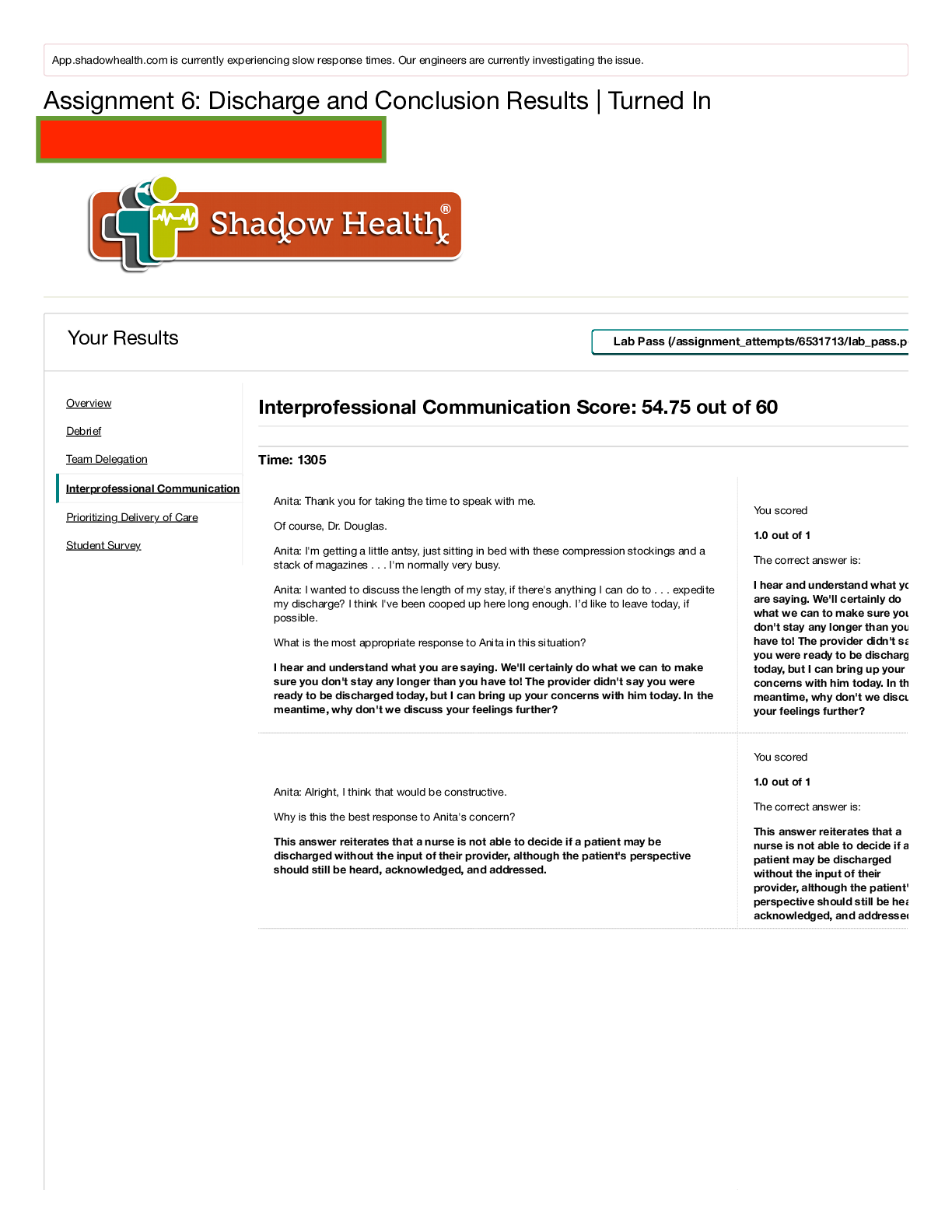
 Rasmussen College.png)


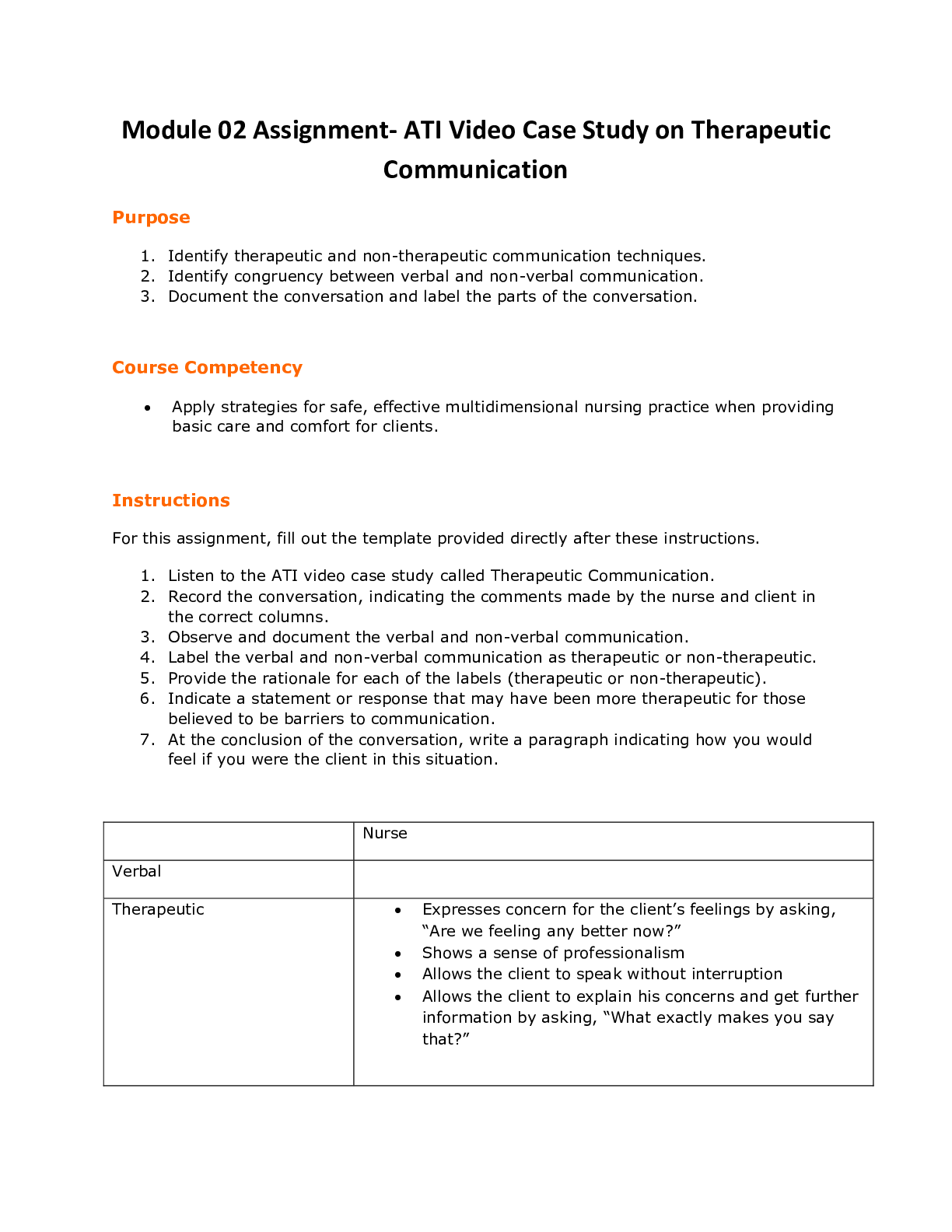




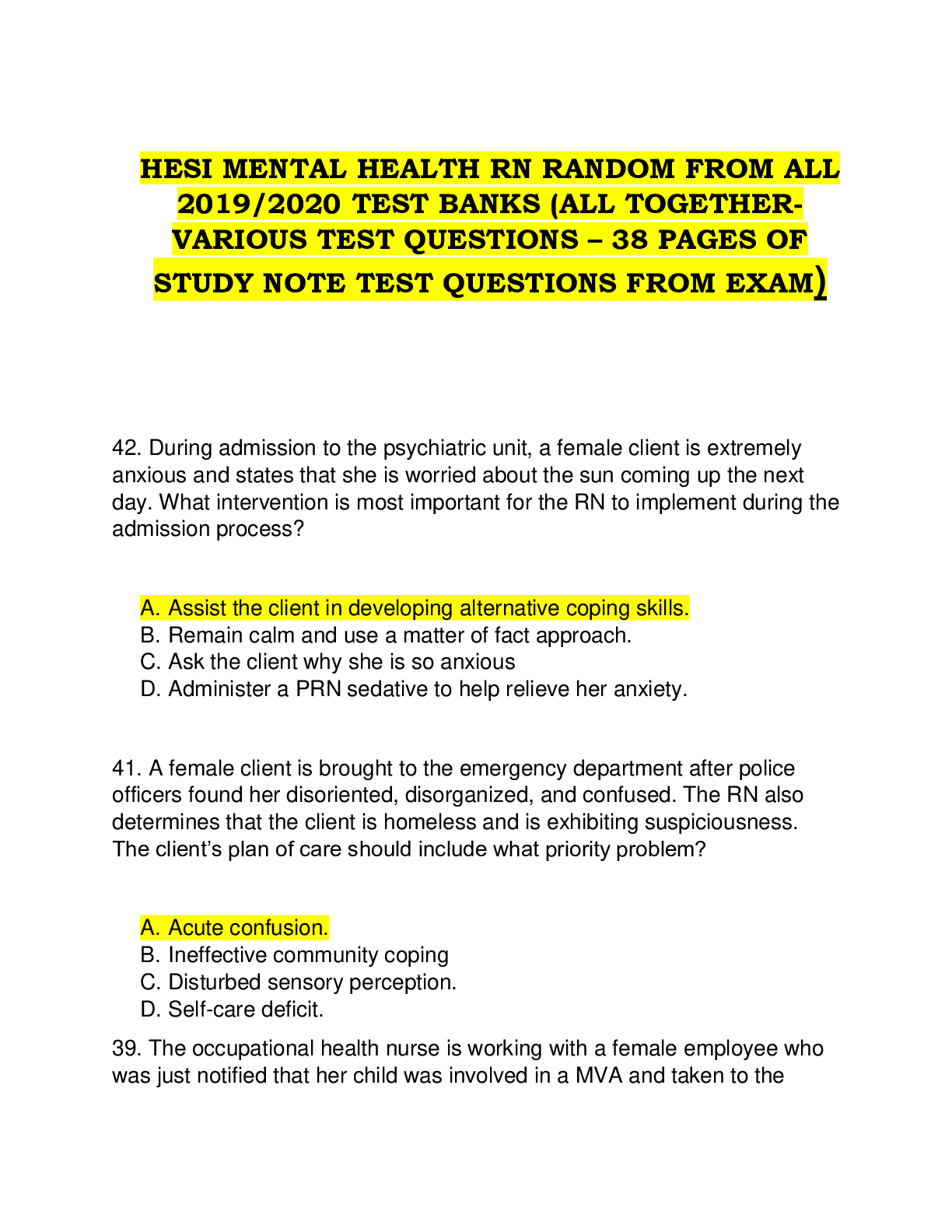

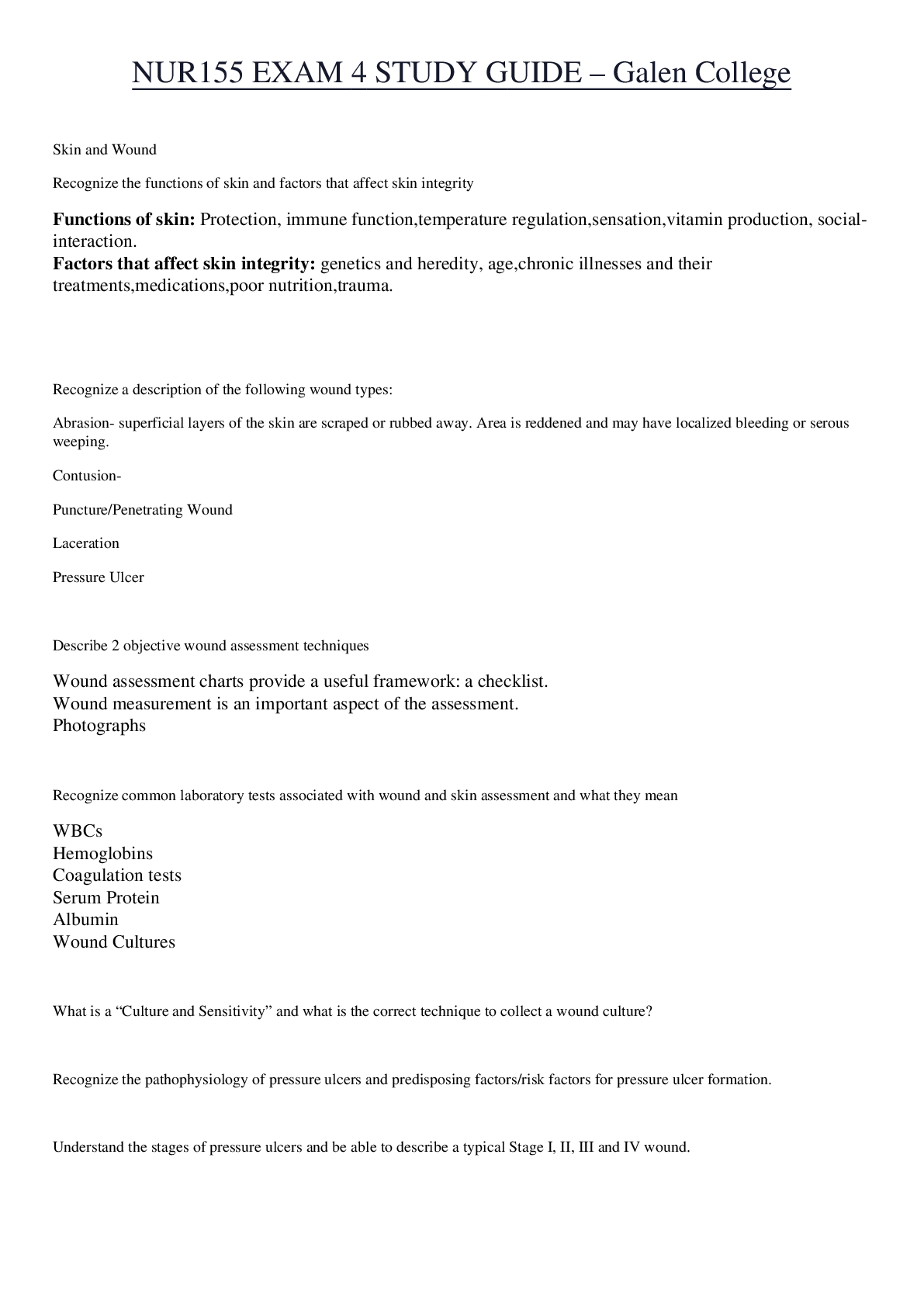
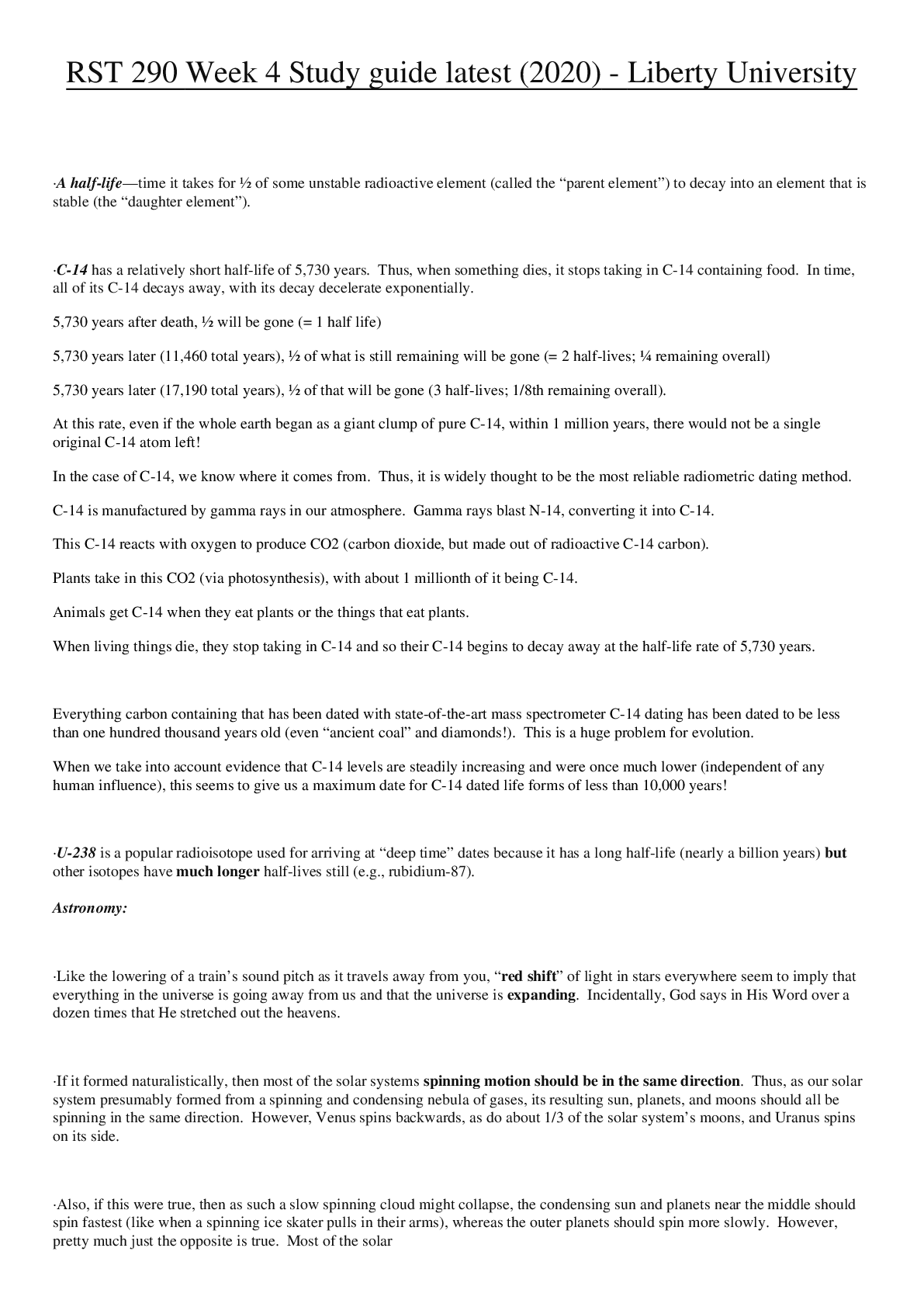


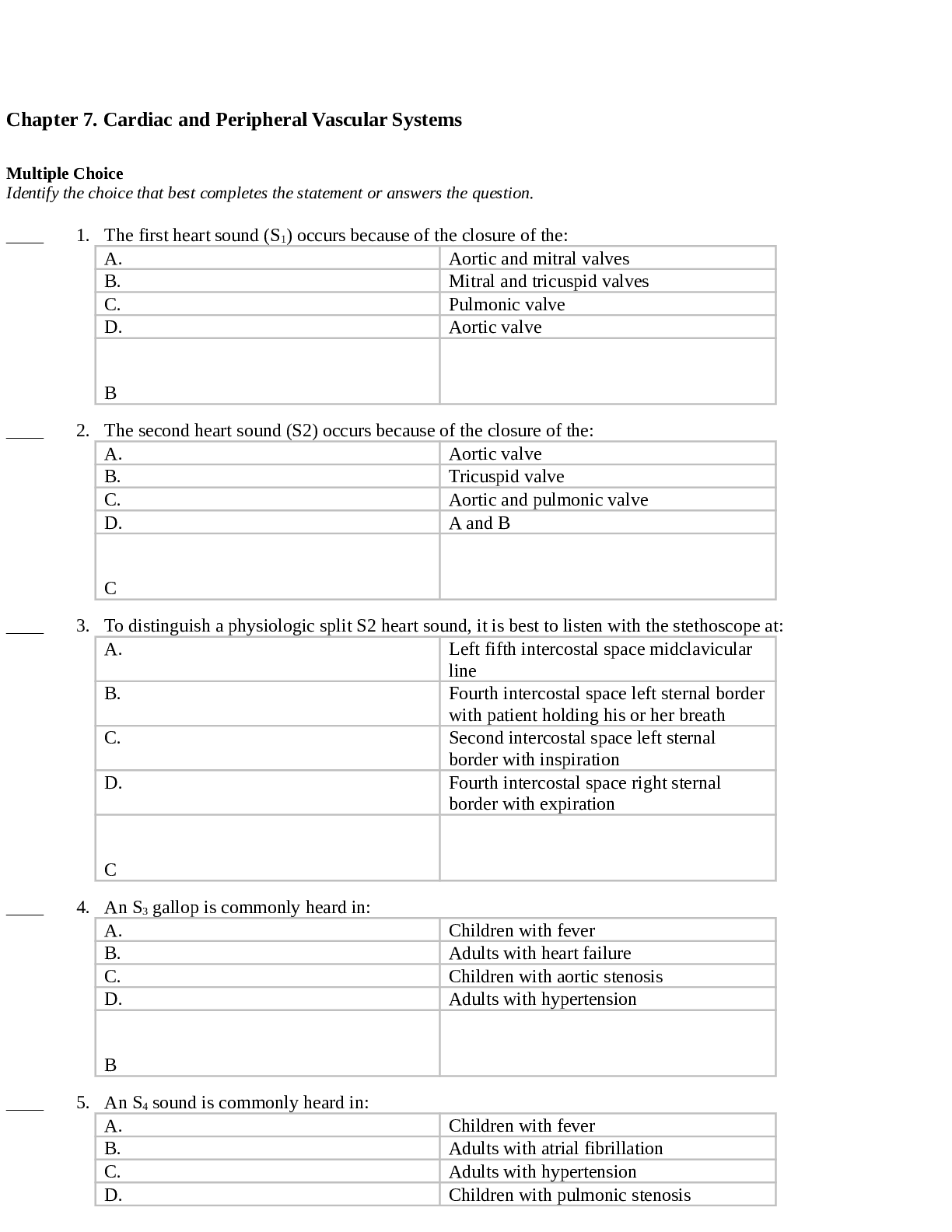
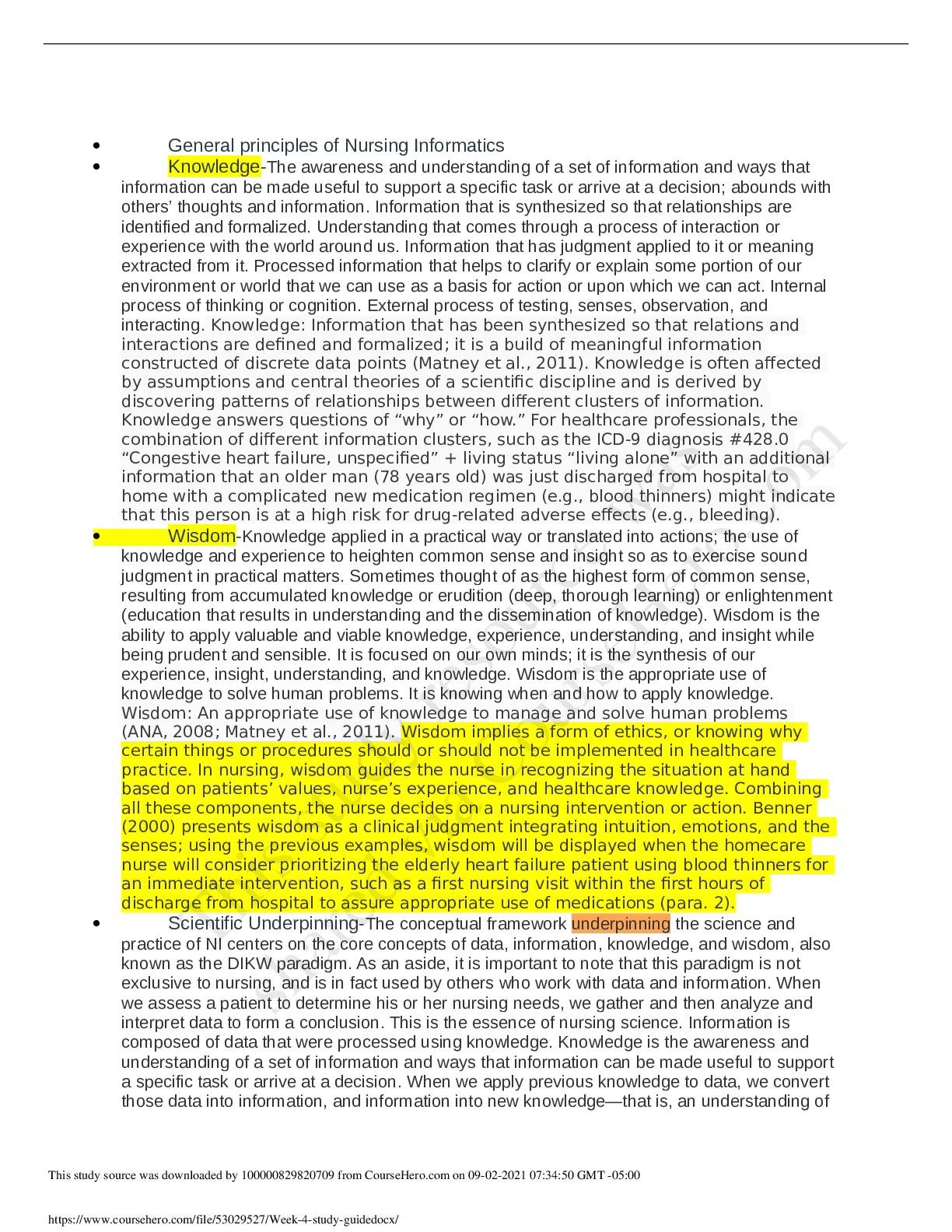
.png)
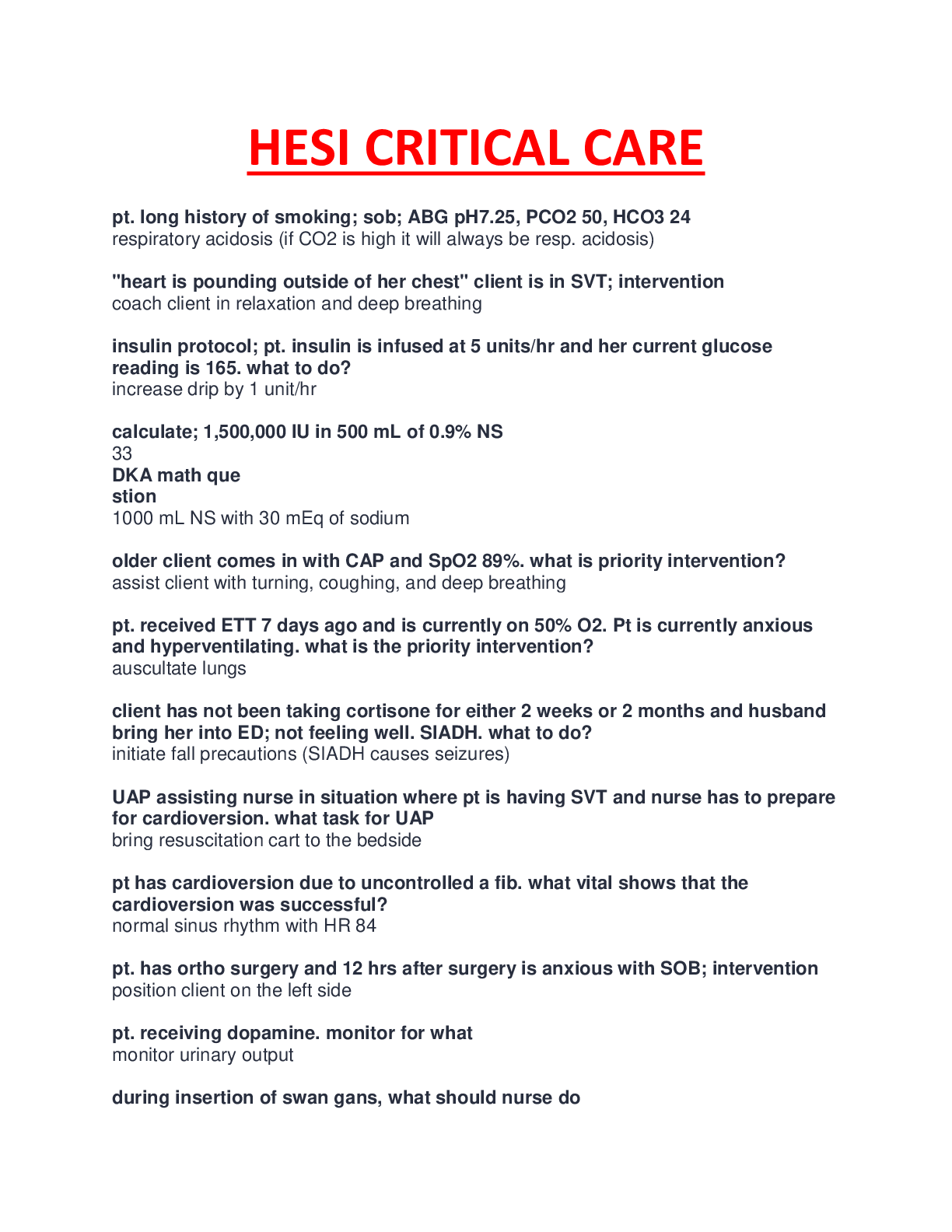
.png)

